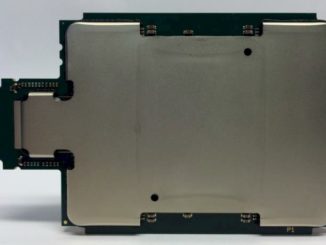
Azure CTO Plots The Future Of Cloud Building
A public cloud is, at its most basic level, a giant shared computing facility that spans a datacenter or multiple datacenters, and as such, it needs a kind of operating system of its own to make the collection of servers, storage, and switches behave as a single machine to both its users and to the company that is operating the cloud. …












